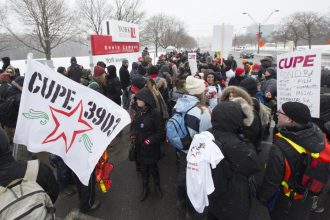As much of the urban sociology literature argues, the neighborhood is a critically important place for marginalized groups. Concepts such as place attachment and sense of community help us understand how impoverished and minority residents feel about their place, what uses they have developed for it, and what meanings they assign to them…. In many cases, working-class and minority neighborhoods are much more than what the media describe as urban ghettos scarred by violence and poverty. The close-knit families who live there value community life, social ties, and their roots in the neighborhood. Residents come to rely on each other and build bonds of mutual support within, between, and across neighborhood spaces.
Isabelle Anguelovski
Neighborhood as Refuge: Community Reconstruction, Place Remaking, and Environmental Justice in the City

